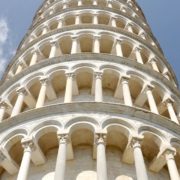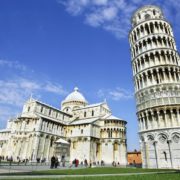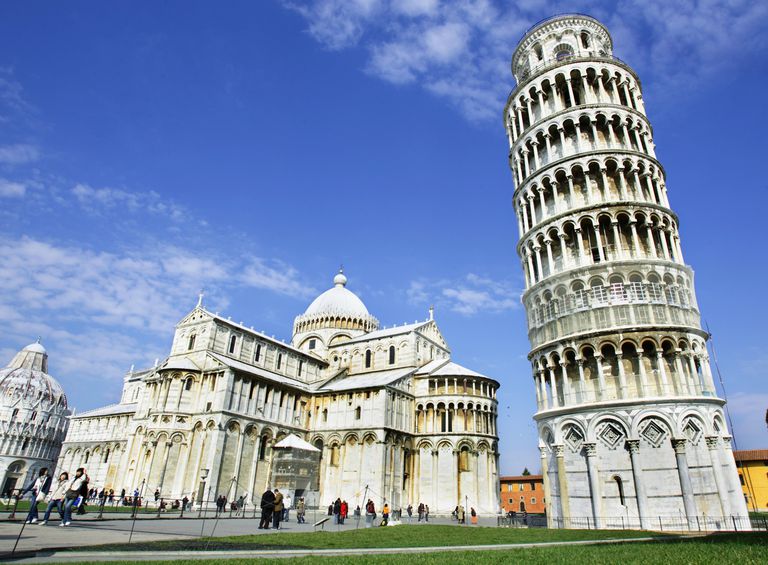The Beginning of a New Era
James Beck
At its annual meeting on June 11th in Florence, ArtWatch Italia, a wholly independent not-for-profit organization affiliated with ArtWatch International, elected Professor Piero Pierotti of the University of Pisa as its new President.
Pierotti, a specialist on Medieval art and especially architecture, was at the forefront of efforts, culminating in the late 1990s, to halt the indiscriminate restoration of the Leaning Tower of Pisa, of which he is a world expert. With his book on the subject, Una Torre Da Non Salvare (How Not To Save The Tower of Pisa; Pacini Editore, 1990), Pierotti explored the multitude of commissions that have been convened and their failed schemes to correct the increasingly perilous inclination of the tower.
Pierotti succeeds James Beck, who stepped down from his leading role in the organization this summer, largely in response to the increase in membership and growing activities of the organization. Beck, founder of both ArtWatch Italia and ArtWatch International, hailed Pierotti’s election as a groundbreaking step in giving ArtWatch Italia greater power and visibility in Italy. Following the transfer of leadership to Pierotti, members of ArtWatch Italia discussed the issues of the utmost priority for the organization this year, including the support of the campaign, led by Giuseppe Centauro of the University of Florence, to protect a large, 5th-century BC Etruscan city located at Gonfienti near the town of Prato at the base of the Apennines, the excavations of which have continued since it was first discovered in 1998. Centauro believes that the settlement may be the long sought-after city of Camars.




 This is hardly the occasion to argue complex technical issues, nor am I equipped to do so. What is remarkable about the entire situation surrounding the tower and the plans that have been announced recently (NY Times, January 7 ed. confirm date), is the total absence of a forum for discussion before action is taken. This unwillingness or inability to debate the health of our treasures, I suggests, characterizes most major restorations in Italy. If the nitrogen idea has been discussed openly and experts from outside the immediate group were invited to participate, the experiment would never have been undertaken in the first place.
This is hardly the occasion to argue complex technical issues, nor am I equipped to do so. What is remarkable about the entire situation surrounding the tower and the plans that have been announced recently (NY Times, January 7 ed. confirm date), is the total absence of a forum for discussion before action is taken. This unwillingness or inability to debate the health of our treasures, I suggests, characterizes most major restorations in Italy. If the nitrogen idea has been discussed openly and experts from outside the immediate group were invited to participate, the experiment would never have been undertaken in the first place.